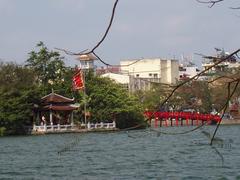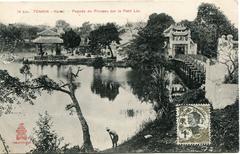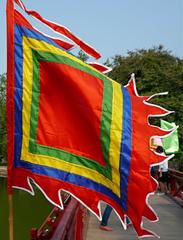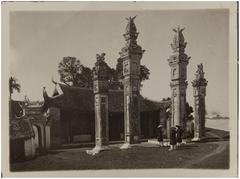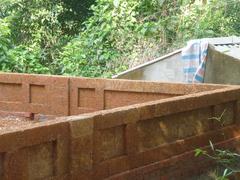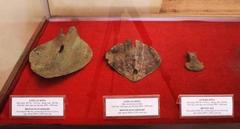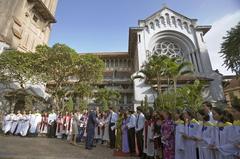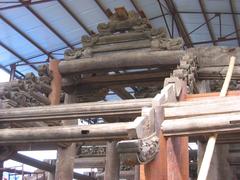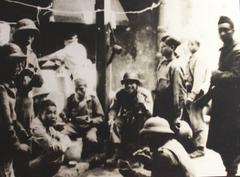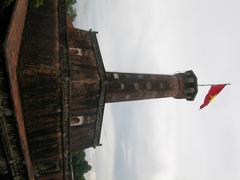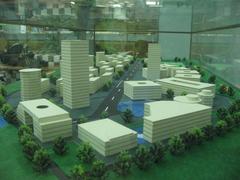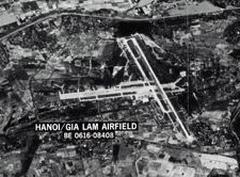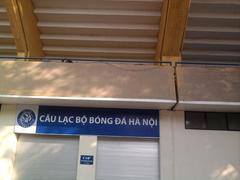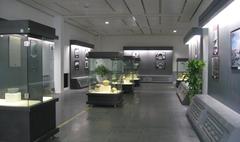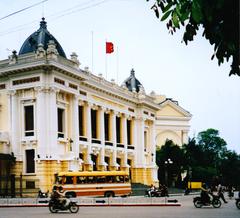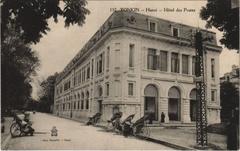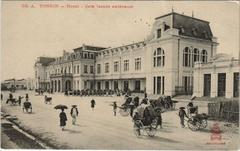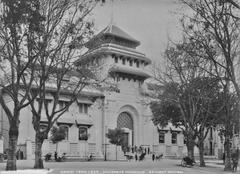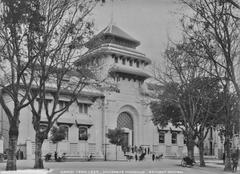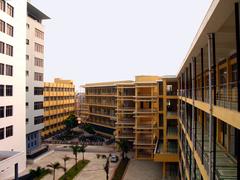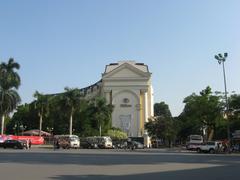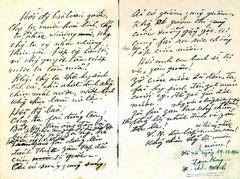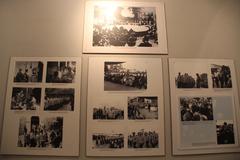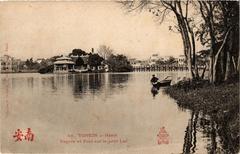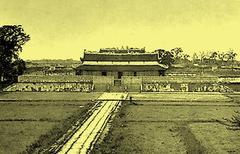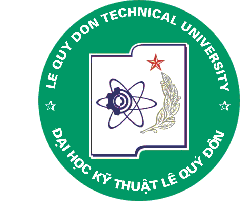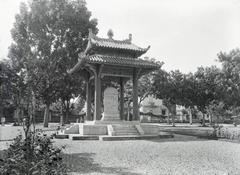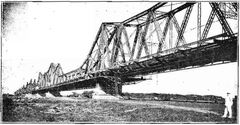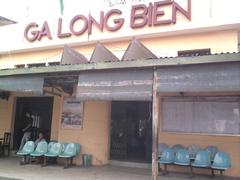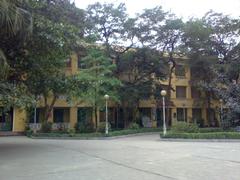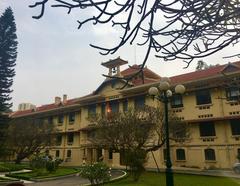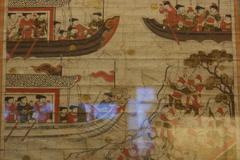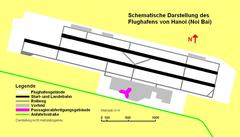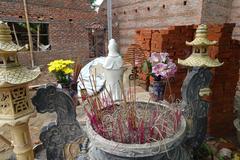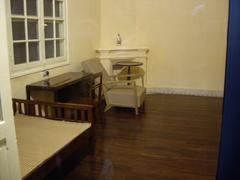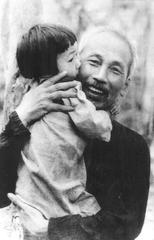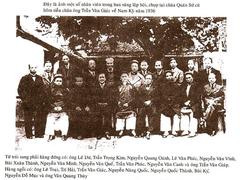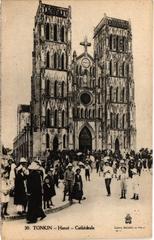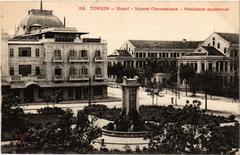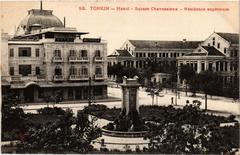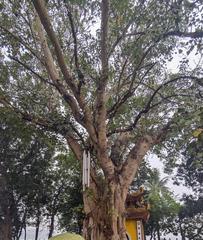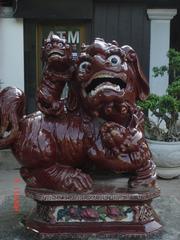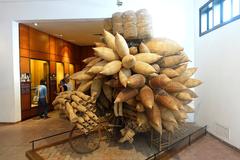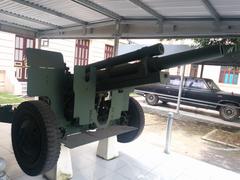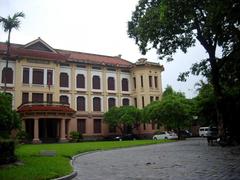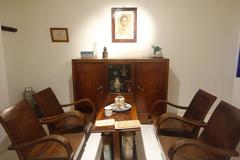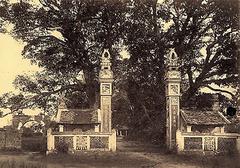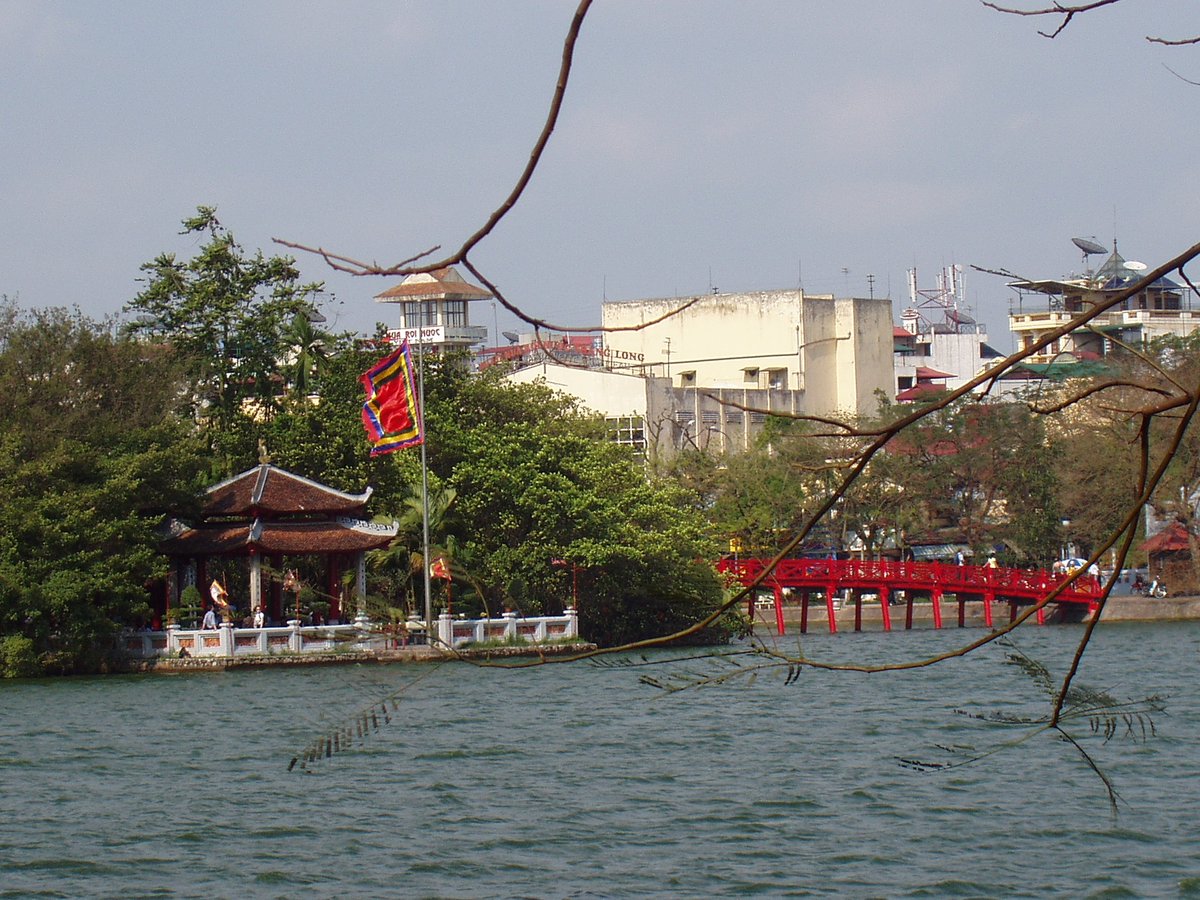
The Huc Bridge Hanoi: Visiting Hours, Tickets, and Travel Guide
Date: 14/06/2025
Introduction
The Huc Bridge, or “Cầu Thê Húc”—meaning “Place Where Morning Sunlight Rests”—is a striking vermillion-red arch that connects the bustling shores of Hoan Kiem Lake to the tranquil Jade Island, home of the revered Ngoc Son Temple, right in the heart of Hanoi. Originally built in 1865 during the Nguyễn dynasty, this iconic pedestrian bridge is more than just a passage; it is a living symbol of Vietnamese cultural heritage, spiritual tradition, and architectural artistry. Its eastward orientation welcomes the first rays of daylight, representing renewal and prosperity, while its gently curved form and intricate carvings evoke both dragon motifs and the harmonious relationship between humanity and nature. Crossing The Huc Bridge is a rite of passage for both locals and travelers, offering a unique blend of history, spirituality, and scenic beauty (Vietnam Online; Joytime Travel; travel-video.info).
This comprehensive guide explores The Huc Bridge’s history, architecture, cultural significance, practical visitor information (including hours, ticketing, and accessibility), preservation efforts, and nearby attractions. Whether you’re a history buff, a photography enthusiast, or a traveler eager to immerse yourself in Hanoi’s heritage, this article will enrich your visit and help you plan your journey to one of Vietnam’s most cherished landmarks (Vietnam Guide; Vietnam Tourism; vietnamtour.in).
Table of Contents
- Discover The Huc Bridge: History & Significance
- Practical Visitor Information
- Nearby Attractions & Guided Tours
- Preservation and Conservation
- Frequently Asked Questions (FAQ)
- Plan Your Visit: Final Tips
- References
Discover The Huc Bridge: History & Significance
Origins and Historical Evolution
Commissioned during the Nguyễn dynasty in 1865, The Huc Bridge was designed as a sacred pathway to Ngoc Son Temple, honoring figures such as General Trần Hưng Đạo and philosopher Laotseu (travel-video.info). It has undergone several careful renovations—most notably in 1897 and 1952—to preserve both its structure and vibrant color, ensuring that its historic and spiritual essence remains intact amid Hanoi’s development.
Architecture and Symbolism
Built primarily from resilient local timber, The Huc Bridge’s 36-meter span and 3-meter width rest upon 15 wooden pillars. Its signature red hue reflects Vietnamese beliefs in luck, happiness, and spiritual protection, while the curving silhouette and carved motifs of lotus flowers and clouds speak to ideals of purity, enlightenment, and transcendence (Vietnam Guide; Vietnam Discovery). The dragon-inspired design and eastward orientation are deliberate, symbolizing the welcoming of the morning sun and spiritual renewal.
Cultural Role and Hanoi Identity
The Huc Bridge is deeply woven into Hanoi’s cultural fabric. It features in art, poetry, and folklore—most famously the legend of Emperor Lê Lợi returning a magical sword to the Turtle God in Hoan Kiem Lake. As a setting for festivals, ceremonies, and communal gatherings, the bridge embodies both national pride and the enduring Vietnamese spirit.
Practical Visitor Information
Location and Access
- Address: Dinh Tien Hoang Street, Hoan Kiem District, Hanoi.
- Getting There:
- On Foot: Easily accessible from the Old Quarter.
- Public Transport: Bus routes 08, 14, 31, and 36 stop nearby (vietnamtour.in).
- Taxi/Ride-hailing: Taxis and Grab are widely available.
- Motorbike: Convenient for independent travelers, though parking near the lake can be limited.
Visiting Hours & Tickets
- Opening Hours:
- Most sources agree: 8:00 AM – 6:00 PM daily for The Huc Bridge and Ngoc Son Temple (vietnamtour.in).
- Some variations exist (7:00 AM – 9:00 PM or 8:00 AM – 5:00 PM); check for seasonal/holiday changes.
- Tickets:
- Entry to the temple (including the bridge): 30,000 VND (about $1.20–$1.30 USD) for adults; discounts for children and students.
- Buy tickets at the entrance or from official vendors. (Vietnam Tourism)
Accessibility & Travel Tips
- The bridge has steps and wooden planks; not wheelchair accessible.
- The lakeside promenade, however, is accessible for wheelchairs and strollers.
- Dress modestly when entering Ngoc Son Temple (shoulders and knees covered).
- Photography is allowed, but respect any signage and local customs.
- Best times to visit:
- Early morning: Quiet, with sunlight illuminating the bridge.
- Evening: Bridge and temple beautifully lit after sunset (laurewanders.com).
- Weekends: Area becomes a lively pedestrian zone, with performances and crowds (cultureactivities.com).
Nearby Attractions & Guided Tours
- Ngoc Son Temple: After crossing The Huc Bridge, explore the temple honoring General Tran Hung Dao, scholar Van Xuong, and La To. Key features include the Nghi Mon Gate, Pen Tower, Dac Nguyet Lau (Moon Gazing Pavilion), and Tran Ba Pavilion (cultureactivities.com; vietnamtour.in).
- Hoan Kiem Lake: Stroll the shaded paths, visit Turtle Tower, and enjoy the weekend pedestrian area (e.vnexpress.net).
- Hanoi Old Quarter: Bustling markets, colonial architecture, and local delicacies (laurewanders.com).
- St. Joseph’s Cathedral: A neo-Gothic landmark, popular for photos and services.
- Thang Long Water Puppet Theater: Traditional Vietnamese performances daily (e.vnexpress.net).
- Train Street: A unique alley where trains pass close by homes and cafes.
- Imperial Citadel of Thang Long: UNESCO World Heritage Site with ancient gates and palaces (cultureactivities.com).
Guided tours often combine The Huc Bridge with these attractions, offering rich narrative and local insight. Check with reputable operators for options.
Preservation and Conservation
The Huc Bridge has seen several major restorations, most significantly in 1897 and 1952, to address structural wear and adapt to the challenges of heavy foot traffic, humidity, and urban development (Vietnam Discovery). Local authorities regularly maintain the bridge by repainting, replacing worn planks, and periodically closing the site for repairs—especially during the rainy season (Vietnam Guide). These efforts are essential to preserve both the authenticity and safety of this cherished site.
Frequently Asked Questions (FAQ)
Q: What are the opening hours for The Huc Bridge and Ngoc Son Temple?
A: Generally open daily from 8:00 AM to 6:00 PM, but hours may vary during holidays.
Q: Is there an entrance fee?
A: Yes, entry to Ngoc Son Temple (including access via The Huc Bridge) costs about 30,000 VND ($1.20–$1.30 USD) for adults. Discounts apply for children and students.
Q: Is The Huc Bridge wheelchair accessible?
A: Due to steps and the bridge’s structure, it is not wheelchair accessible. The lakeside paths are accessible.
Q: When is the best time to visit?
A: Early mornings for tranquility and sunrise, evenings for illumination and cooler weather.
Q: Are guided tours available?
A: Yes, local operators offer tours that include The Huc Bridge and nearby sites.
Plan Your Visit: Final Tips
- Arrive early or late in the day for the best experience and photos.
- Dress appropriately for religious sites.
- Stay hydrated and bring weather-appropriate gear, as Hanoi can be hot and humid.
- Explore nearby attractions like the Old Quarter, St. Joseph’s Cathedral, and the Water Puppet Theater to enrich your Hanoi itinerary.
- Download the Audiala app for guided tours, up-to-date visitor information, and tips on Hanoi’s historical sites.
References
- travel-video.info
- Vietnam Online
- Vietnam Tourism
- Joytime Travel
- vietnamtour.in
- Vietnam Guide
- Vietnam Discovery
- VNITourist
- cultureactivities.com
- VinWonders
- laurewanders.com
- e.vnexpress.net
- Hanoi Old Quarter Guide
